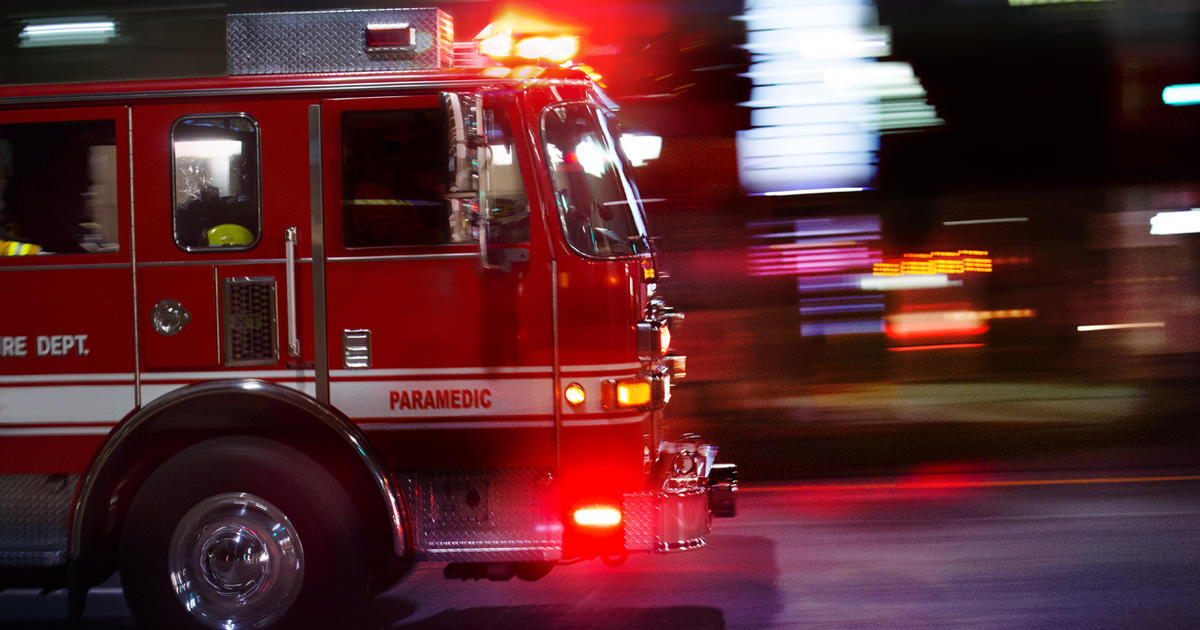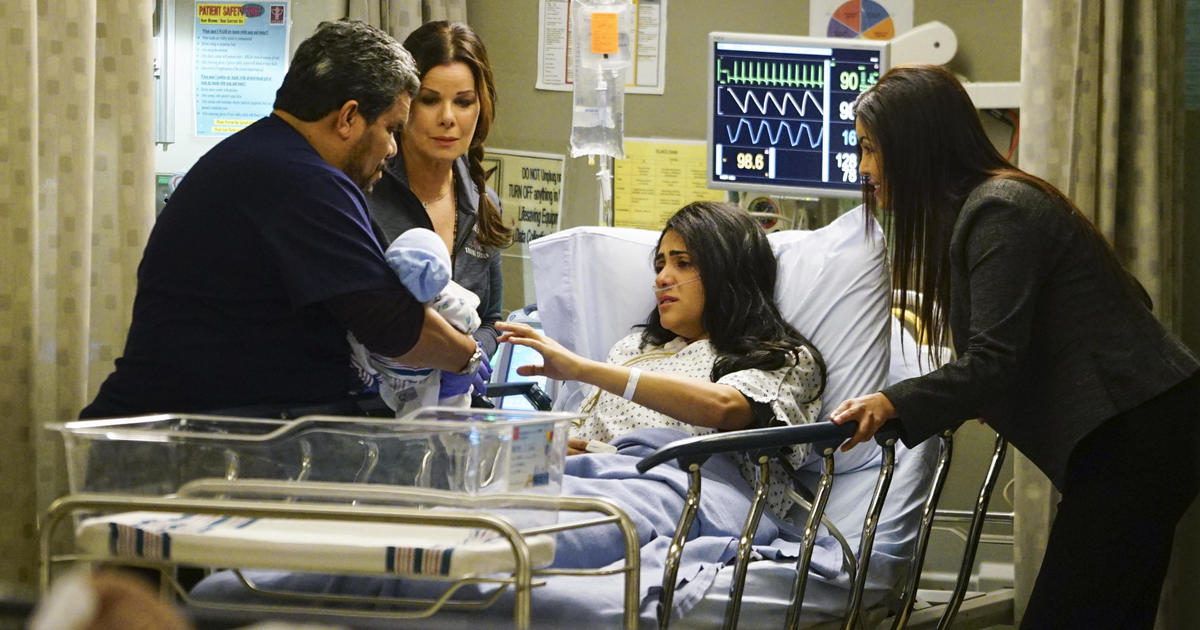New 3D Technique Helping To Diagnose Breast Cancer In Some Women
Follow KDKA-TV: Facebook | Twitter
PITTSBURGH (KDKA) -- For women with dense breasts, a regular mammogram may not be enough to pick up a small cancer.
Dense breasts have more prominent milk glands, ducts, and supportive tissue and are more common among pre-menopausal women.
Mammogram, tomosynthesis, MRI, and ultrasound can provide even more information.
"So which study is best? You sort of had to tailor it, because you can't do it all. So you have to tailor it to the woman and the age," says Dr. William Poller, a breast imaging specialist at Allegheny General Hospital.
Even with these additional ways to see inside the breast, you still might miss something.
To get a more complete picture -- a 3D picture -- there is a new technique called automated breast ultrasound -- ABUS, for short.
Allegheny General Hospital has acquired the new ABUS machine.
The organization Glimmer of Hope, which helps young women with breast cancer, contributed $175,000 toward the device. They raised money through private donations and corporate grants.
"Actually, people in Pittsburgh are very generous. You tell people it's impacting the area, they pretty much give us the money," says Diana Napper, of Glimmer of Hope.
Because of her family history and her own experience having dense breasts, volunteer Patty Robich felt it was important to help the staff learn how to use the ABUS.
The 15-minute test takes the ultrasound with a tranducer that moves within a plate pressed against the breast. Unlike a mammogram, you're lying flat.
"They have you put your arm up behind you," Patty describes. "They place the plate differently, there's some pressure, they do put some pressure on, they ask you where you feel most comfortable with the pressure. When they are actually positioning you in a mammogram, to me, is very uncomfortable. I, personally, would do this over the mammogram."
The ABUS would be in addition to, not instead of, a mammogram. It's a little messy with all the gel, but just a minor inconvenience.
Because it's 3-D, the doctors can correlate any suspicious areas on three views, all the way down to the chest wall, where sometimes cancers can hide.
Who would get this test? Younger women with dense breasts as determined on mammography. Older women with fatty breasts would not be ideal.
Because the mammogram would have to be evaluated first, getting the ABUS would have to be at a separate visit.
And because it's new, insurance issues are still being hammered out.
Dr. Poller is glad to have the new tool.
"Are we picking up cancers earlier in these women with dense breasts, and the answer is yes," he says.



